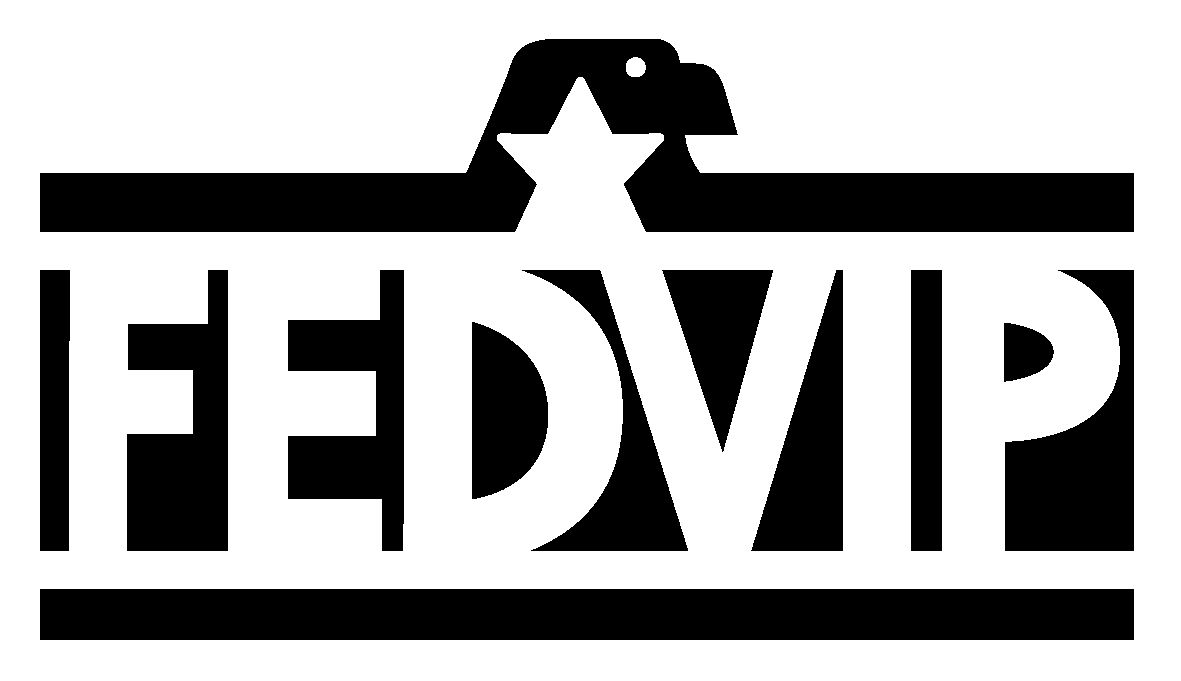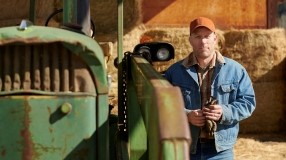Oral Care for Infants: 101
Establish an oral care routine for your baby to get them on the right track.

Milestones for Baby
Welcoming a baby into the world is one of the most exciting times and can come with mixed emotions, whether for new parents or for others that may be more seasoned. Parents get to look forward to several unforgettable milestones for their new baby, from rolling over to taking their first steps. Dental milestones are no exception.
Most babies are born and remain "edentulous" (without teeth in their mouth) for about six months; the primary (baby teeth) are present in the mouth but hidden in the jaw, under the gums. This edentulous stage allows the infant to feed every few hours without being at risk for tooth decay. Getting a baby's first tooth is also an exciting milestone and typically occurs at 4 to 6 months of age.
Tooth Eruption
Humans have two sets of teeth. The first set of teeth is called the primary (baby) dentition, which begins to erupt at ages 4-6 months to 33 months, and starts to shed at 6 years old. There are 20 primary teeth total with 10 teeth in each arch.
There are four different types of teeth that make up the primary dentition:
- Central incisors - their primary function is to cut food and are located on each side of the midline. Some people reference to these teeth as "the two front teeth"
- Lateral incisors - their primary function is to cut food and are located next to the central incisors
- Canines (cuspids) - their primary function is to rip food and are located next to the lateral incisors
- Molars - their primary function is to grind the food and are located next to the canines. They are the last two teeth in a child's mouth
Aside from the primary function of eating, baby teeth also serve as a space holder for adult teeth and assist with speech development in enunciation. That is why it is so vital to establish a good oral care routine and prevent tooth decay by caring for a child's teeth from infancy.
Tooth Decay in Children
Tooth decay is the most frequent, but most preventable, childhood disease. Naturally occurring bacteria (plaque) in the mouth feed on sugars and starches (like in milk and juice) producing acids. These acids destroy the tooth enamel, leaving the tooth vulnerable to decay (cavities). The best way to prevent tooth decay is to remove this bacteria/plaque before it has a chance to produce acids. The best way to remove this bacteria is by cleaning your baby's gums and teeth after each feeding, or at least twice a day.
Aside from cleaning your baby's teeth, there are additional steps you can take to prevent tooth decay:
- Use only water in bedtime bottles - the sugars in milk and formula can promote decay, so exposure should be avoided for long periods of time
- Avoid sugary drinks like sweetened water, soft drinks, or fruit juice
- Avoid dipping pacifiers in honey or sugar
- Oral bacteria that cause decay can be transferred from parent to baby, so avoid sharing saliva with your baby by using different eating utensils and not cleaning pacifiers with your own mouth
Caring for Your Infant's Oral Hygiene in One Easy Step
Because your baby doesn't have any teeth in their mouth, oral care is simple and easy: after each feeding, take a soft cloth, wet it, gently wipe and massage your baby's gums, and you're done!
What if your baby is fussy or cries during the process? Even better because your baby's mouth will be open. You can still clean a crying baby's mouth while singing or talking to soothe the baby.
How to Clean Baby's Mouth
Whether or not your baby's teeth have grown in, baby's mouth should be cleaned at least daily to remove any built-up oral bacteria.
The American Dental Association (ADA) suggests:
- Begin cleaning your baby's mouth during the first few days by wiping the gums with a clean, moist gauze pad or washcloth after each feeding
- When your child's teeth begin to come in until age 3, brush the teeth gently twice a day with a child-size toothbrush and a very small amount of fluoride toothpaste around the size of a grain of rice
- For children 3 to 6-years-old, brush their teeth twice a day with a pea-sized amount of fluoride toothpaste. Be sure they spit out the toothpaste.
- Until you're comfortable that your child can brush on his or her own, continue to brush your child's teeth twice a day with a child-size toothbrush and a small amount of fluoride toothpaste. When your child has two teeth that touch, you should begin flossing their teeth daily.
As soon as your child's first tooth appears, it's time to schedule a dental visit. The ADA recommends that the first dental visit take place within six months after the first tooth appears, but no later than a child's first birthday. Don't wait for them to start school or until there's a dental emergency.






